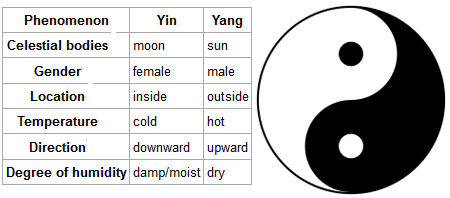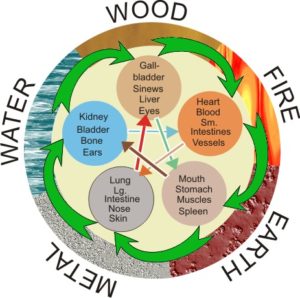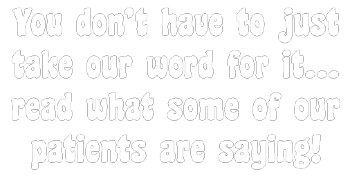

Traditional Chinese Medicine (TCM) is a broad range of medicine practices sharing common concepts which have been developed in China and are based on a tradition of more than 2,000 years, including various forms of herbal medicine, acupuncture, massage (Tui Na), exercise (qi gong), and diet/ nutrition therapy. It is primarily used as a complementary alternative medicine approach. TCM is widely used in China and it is also used in the West. Its philosophy is based on Yin Yang Ism (I.E., The combination of Five Phase Theory with Yin-Yang Theory), which was later absorbed by Daoism.
Yin and Yang and What it Means
Yin and yang are ancient Chinese concepts which can be traced back to the Shang dynasty (1600–1100 BC). They represent two abstract and complementary aspects that every phenomenon in the universe can be divided into. Primordial analogies for these aspects are the sun-facing (yang) and the shady (yin) side of a hill. Two other commonly used representational allegories of yin and yang are water and fire. In the yin-yang theory, detailed attributions are made regarding the yin or yang character of things:

The concept of yin and yang is also applicable to the human body; for example, the upper part of the body and the back are assigned to yang, while the lower part of the body are believed to have the yin character. Yin and yang characterization also extends to the various body functions, and – more importantly – to disease symptoms (e.g., cold and heat sensations are assumed to be yin and yang symptoms, respectively). Thus, yin and yang of the body are seen as phenomena whose lack (or overabundance) comes with characteristic symptom combinations:
- Yin vacuity (also termed “vacuity-heat”): heat sensations, possible night sweats, insomnia, dry pharynx, dry mouth, dark urine, a red tongue with scant fur, and a “fine” and rapid pulse.
- Yang vacuity (“vacuity-cold”): aversion to cold, cold limbs, bright white complexion, long voidings of clear urine, diarrhea, pale and enlarged tongue, and a slightly weak, slow and fine pulse.


Five Phases “Elements” Theory
Five Phases, sometimes also translated as the “Five Elements” theory, presumes that all phenomena of the universe and nature can be broken down into five elemental qualities – represented by wood (木, pinyin: mù), fire (火pinyin: huǒ), earth (土,pinyin: tǔ), metal (金, pinyin: jīn), and water (水, pinyin: shuǐ). In this way, lines of correspondence can be drawn: Strict rules are identified to apply to the relationships between the Five Phases in terms of sequence, of acting on each other, of counteraction, etc. All these aspects of Five Phases theory constitute the basis of the zàng-fǔ concept, and thus have great influence regarding the TCM model of the body. Five Phase theory is also applied in diagnosis and therapy.
Correspondences between the body and the universe have historically not only been seen in terms of the Five Elements, but also of the “Great Numbers” (大數, pinyin: dà shū) For example, the number of acupoints has at times been seen to be 365, corresponding with the number of days in a year; and the number of main meridians–12–has been seen as corresponding with the number of rivers flowing through the ancient Chinese empire.





